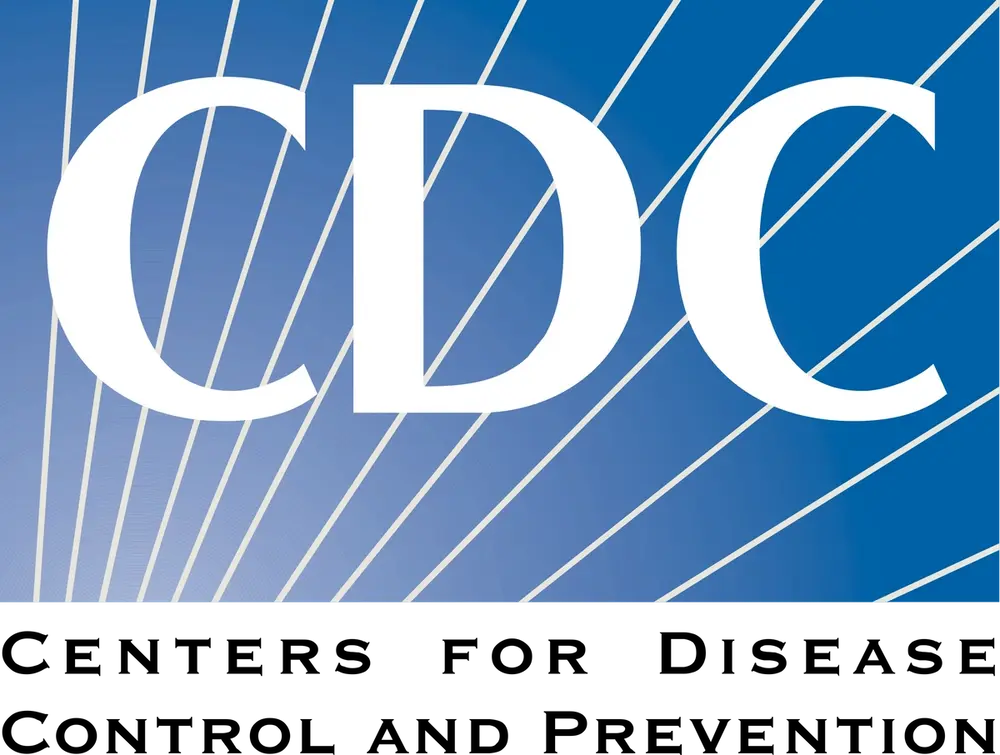By Sarah Amandolare
With vast forestland, suburban developments, and urban high-rises alike burning in recent months and years, it can feel as if few places in the U.S. are safe from fire. Around the world, experts warn that fires are a worsening global crisis. In the United States, 8% more fires broke out in 2020, compared to 2019, killing an estimated 3,500 people and injuring 15,200.
Legislators, local communities, and nonprofit organizations have all rushed to help in the aftermath. California residents created mobile food pantries for people displaced by the 2021 Dixie Fire. The Red Cross and corporate donors are spearheading relief for survivors of the Marshall Fire in Colorado, which was contained in January. Survivors of a January building fire in the Bronx, NY, have received prepaid debit cards from The Mayor’s Fund, along with offers of help from lawyers and celebrities.
But how that response might evolve over the coming months, years, and decades is less clear, according to doctors, advocacy groups, and researchers who have experience with similar kinds of disasters. Many people, experts say, aren’t getting the health care and other forms of assistance they need over their lifetime.
Long-term recovery can vary a lot from one survivor to the next. A family displaced by wildfire could need shelter along with treatment for smoke inhalation, while an apartment dweller who escaped a building blaze could have posttraumatic stress disorder (PTSD) symptoms or severe burns that prevent their return to work.
“We’ve done really well in helping people survive these injuries. We need more support and services for the long term,” says Amy Acton, CEO of the Phoenix Society for Burn Survivors, a national advocacy organization based in Grand Rapids, MI.
Historic droughts and heatwaves related to climate change have led to longer, more intense wildfire seasons in the Western U.S. in recent years. Climate change has also created the conditions for disastrous fires around the world, increasing the likelihood of Australia’s extreme bushfires in 2019 and 2020, for instance.
And more people are living uncomfortably close to wildfires, because development in wildfire-prone areas has been expanding for decades. That includes zones where the natural and built environments converge, known as the wildland-urban interface or WUI, where an average of 3,000 structures per year were lost to fires between 2002 and 2016. About one-third of all U.S. homes are in the WUI, an area growing by 2 million acres every year.
The COVID-19 pandemic may have led to fires as well, because more people began cooking at home and venturing outdoors (and using campfires and patio heaters) more often. Also, wildfire-affected areas have been attracting a greater number of new residents since the pandemic began.
Every year, thousands of people who are injured in fires, including the 96.7% of people treated in burn centers, live. They confront “multiple phases of survival,” says Steven Sandoval, MD, an associate professor of surgery and medical director of the Suffolk County Volunteer Firefighters Burn Center at Stony Brook University Hospital. Doctors may need to apply skin grafts in the first 2 weeks after a burn injury, for instance, putting patients at risk for blood clots, pneumonia, and skin infections, he says. One resident who had third-degree burns in the 2018 Camp Fire in Paradise, CA, died from complications 9 months after arriving at the hospital.
Burn survivors can also have scarring on and beneath the surface of the skin. Over time, scars can become thicker and tighter, and scars over joints can prevent their full range of motion. As a result, survivors may need to spend weeks in a rehabilitation hospital relearning how to walk, eat, and bathe themselves. More than a decade after being burned, survivors can develop new wounds on top of vulnerable scar tissue. Many have chronic itching and stinging sensations on their healed burns and grafts, according to Lisa Rae, MD, an associate professor of surgery at the Lewis Katz School of Medicine at Temple University. Itching, in particular, “prevents you from sleeping when it’s significant and can be a real factor in your quality of life after recovering from a burn,” she says.
Smoke inhalation injuries can also have long-term effects. Some survivors have neurological symptoms, like hard times with memory and thought processing, due to smoke-related carbon monoxide poisoning, according to Sandoval. They can also have permanent lung damage or a narrowed upper airway that makes it feel like they’re “breathing through a straw,” says Rae, who’s also director of the Temple Burn Center at Temple University Hospital. All of these conditions can zap energy and exercise tolerance, further disrupting quality of life.
Many survivors have PTSD and nightmares of the event, and they have high rates of depression and anxiety, according to Rae. At least one-third of people impacted by the Marshall Fire in Colorado are expected to need mental health therapy as they recover, potentially months or years from now, according to experts at the University of Denver’s Trauma & Disaster Recovery Clinic.
“It is a life-changing event for such a high percentage of survivors. Everything you thought you were going to do is altered,” Rae says.
The climate change portion of President Joe Biden’s Build Back Better Act could help stem wildfires in the future. If passed as a stand-alone bill, it could include an investment of about $555 billion in a clean energy transition in the U.S., curbing the fossil fuel emissions that contribute to climate change and extreme weather.
Policymakers also have an opportunity now to improve the system of support for those affected by all kinds of fires, including the Bronx and Philadelphia disasters, which are among the 10 deadliest home fires in the U.S. since 1980. They can start by acting on the growing data about long-term needs of survivors. The federally funded Burn Model System has identified numerous lingering challenges, from scar numbness to memory difficulties, leading some doctors to advocate for burn injury to be reclassified as a chronic condition by the Centers for Medicare and Medicaid Services. This could expand data collection, potentially improving overall care and cutting survivors’ medical costs.
The reclassification could also pressure insurers and employers to support survivors throughout their recovery, according to Jeffrey C. Schneider, MD, program director of the Boston-Harvard Burn Injury Model System and medical director of trauma, burn, and orthopedic rehabilitation at Spaulding Rehabilitation Hospital in Boston. Burn survivors can often find relief through specialized scar-massage therapy, for instance, but their insurance may not cover it. Many patients with burn-related disabilities struggle to return to work, as well as afford in-home care, according to Rae.
“I’m lucky that I have occupational therapists here who specialize in burn and continue those treatments for my patients, but that’s not readily available nationwide,” she says. “On the recovery side, certainly unemployment and health benefits, both physical and psychological, are probably where our overarching system needs to improve.”
Schneider, who treated survivors of the 2003 Station nightclub fire while training to become a rehabilitation doctor, acknowledged that public focus on any given tragedy is bound to dissipate over time. “But for the individuals living with these issues, their issues continue. So that’s why I always ask: How can we care for these people’s needs after the attention to events wanes?”









Can you be more specific about the content of your article? After reading it, I still have some doubts. Hope you can help me.